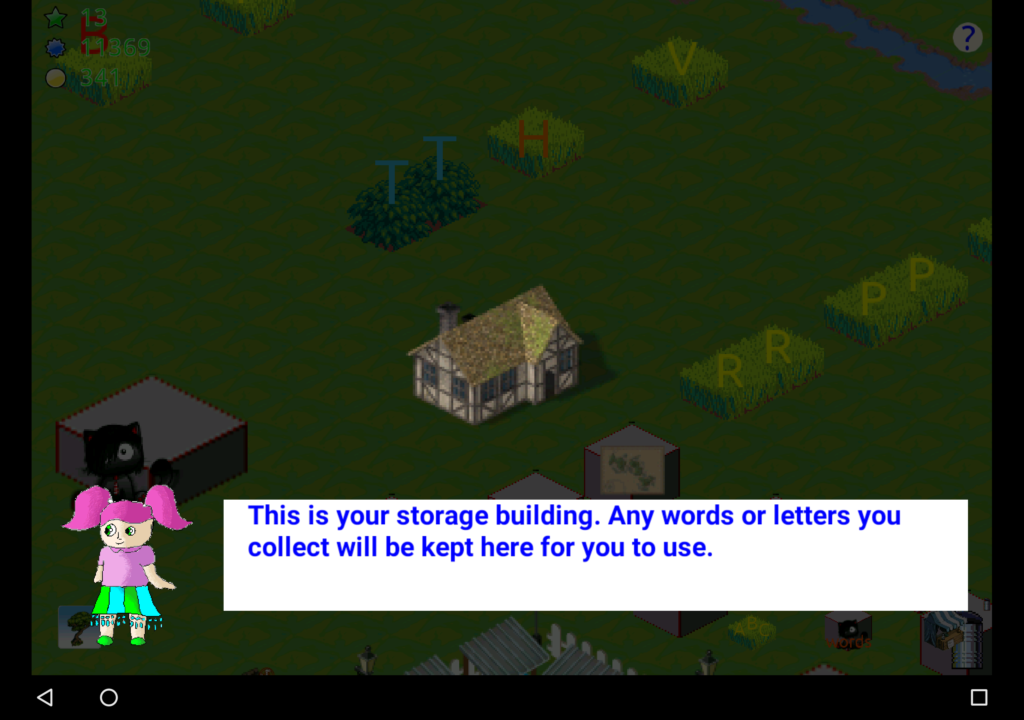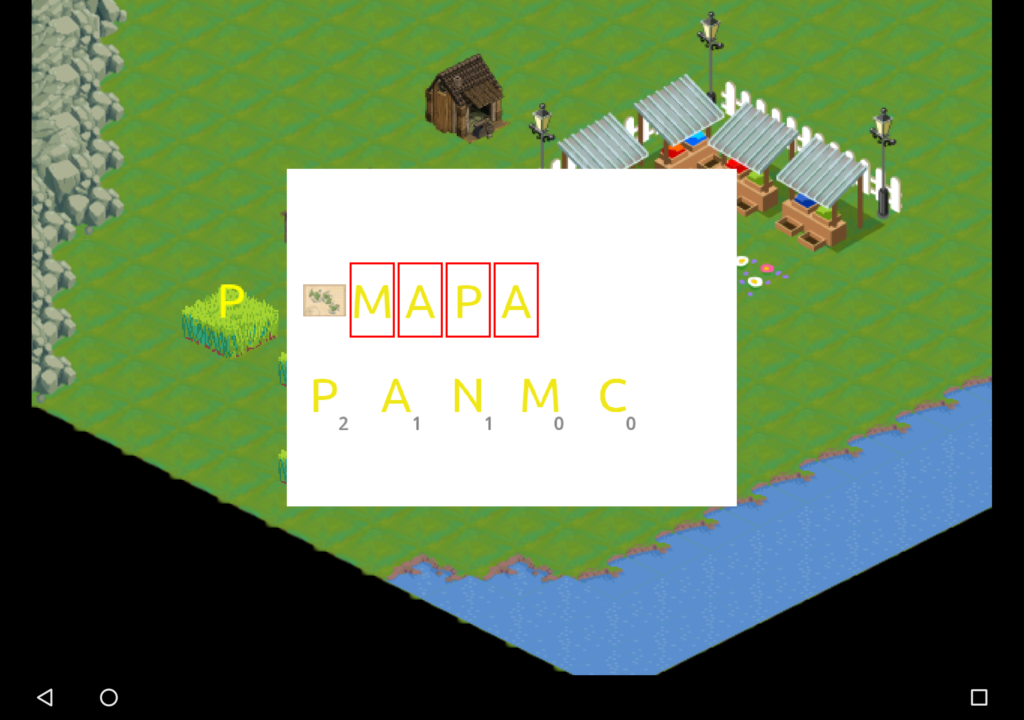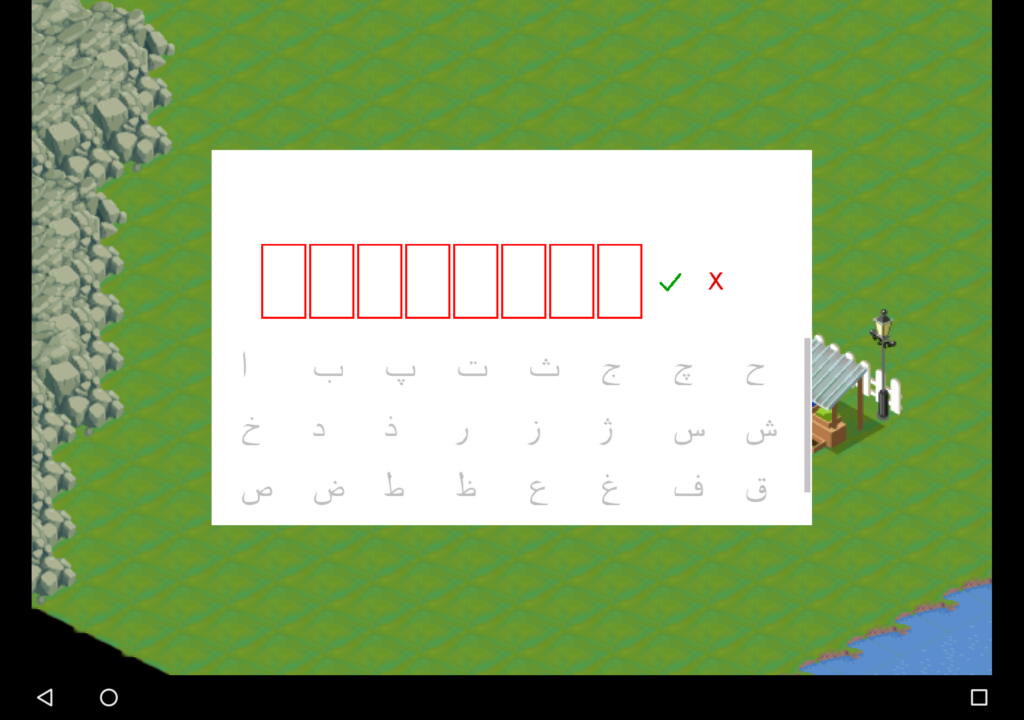Phoenicia is nearing it’s first stable release, with the second beta version being published to Google Play today! Download it now from the image below, then keep reading to find out what’s new in this release.
 What’s new?
What’s new?
While testing the first beta with select children and adults, the one consistent set of feedback we received was a need to explain how the game worked, what the elements did, and how to use them to advance the game play. To solve this problem we up-ended many parts of Phoenicia’s internal processes and structures to support an introduction tour that can be customized in each Locale Pack to be specific to the language, word order, and map layout the player is using.

The tour will pop up at several times during the game, as you unlock new features it will be there to introduce that feature to you and walk you through the first use of it. Locale authors will need to provide translated text and recordings for this, but we maintained Phoenicia’s goal of never requiring any custom programming to support a Locale.
Speaking of Locales, after the beta 1 release we were contacted by several people who were interested in helping us expand the languages and cultures available in Phoenicia, and within just a couple of days we had a working Spanish locale thanks to Guido Vera. This really illustrates the advantage of our “no custom programing” rule, and shows that Phoenicia will be able to efficiently scale out to many more languages and locations using community contributors.

Adding a Spanish locale was relatively easy, but it uses the same alphabet as English and Kiswahili. Supporting non-latin alphabets turned out to be not so simple, and brought to light a number of assumptions the code was making based on the original alphabet. However, with a little bit of work, we were able to get an example Farsi locale running using a unicode alphabet. There remains work to be done to properly support Right-to-Left languages, and alphabets where combined characters change their shape based on those around them. But it shows that the fundamental nature of Phoenicia will work for any phonetic-alphabet, not just western ones.

All that remains to be done before the final 1.0 release and XPRIZE submission is to incorporate the final artwork (you can see the first of it in the Marketplace building), finalize the Kiswahili locale and record audio for it, and add the last two mini-games that will introduce counting and number recognition as educational elements.
You can try Phoenicia beta 2 yourself on any Android phone or tablet. Click the image below to be added to our beta program. If you’ve installed the previous beta, you will be getting this latest update shortly! Feedback of any kind is most welcome, and contributions of locale packs, especially in French, Portuguese and Kiswahili. If you can help, leave a comment below or email me directly.
